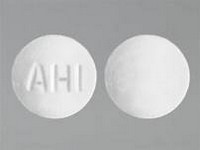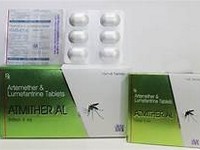Pyrimethamine

CLINICAL USE
Antiprotozoal agent:Malaria ToxoplasmosisDOSE IN NORMAL RENAL FUNCTION
Malaria: used in dual drug combinations Malaria prophylaxis: 25 mg weekly Toxoplasmosis: 100–200 mg daily for 2–3 days then 25–100 mg daily for 2–6 weeks (in combination with sulfadiazine)PHARMACOKINETICS
DOSE IN RENAL IMPAIRMENT
GFR (mL/MIN)
DOSE IN PATIENTS UNDERGOING RENAL REPLACEMENT THERAPIES
IMPORTANT DRUG INTERACTIONS
Potentially hazardous interactions with other drugsIncreased antifolate effect with sulphonamides, trimethoprim and methotrexateADMINISTRATION
Reconstition
–Route
OralRate of Administration
–Comments
–OTHER INFORMATION
Pyrimethamine should always be administered with a folate supplement to reduce the risk of bone marrow depression.
See how to identify renal failure stages according to GFR calculation
See how to diagnose irreversible renal disease
Home








